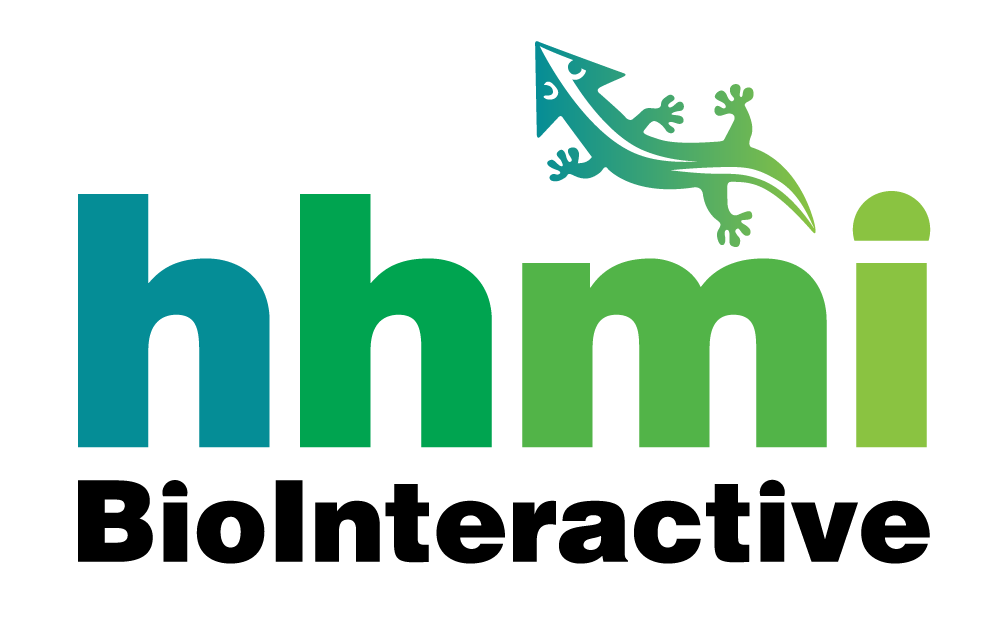The p53 Gene and Cancer
Author(s): HHMI BioInteractive
3380 total view(s), 435 download(s)
Description
The Click & Learn presents different types of genes that, when mutated, contribute to cancer, including oncogenes, tumor suppressor genes, and DNA repair genes. It then explores one tumor suppressor gene, p53, and its role in cancer in more depth. Students learn about the structure of the protein encoded by p53 and how it normally functions to regulate cell division.
The accompanying worksheets guide students’ exploration. The “Overview Worksheet” provides an introduction to p53 and its role in cancer. The “Advanced Worksheet” challenges students to explore these ideas in greater depth, including how p53 interacts with other molecules in the cell.
Cite this work
Researchers should cite this work as follows:
- HHMI BioInteractive (2019). The p53 Gene and Cancer. HHMI BioInteractive, QUBES Educational Resources. doi:10.25334/2884-Q064
